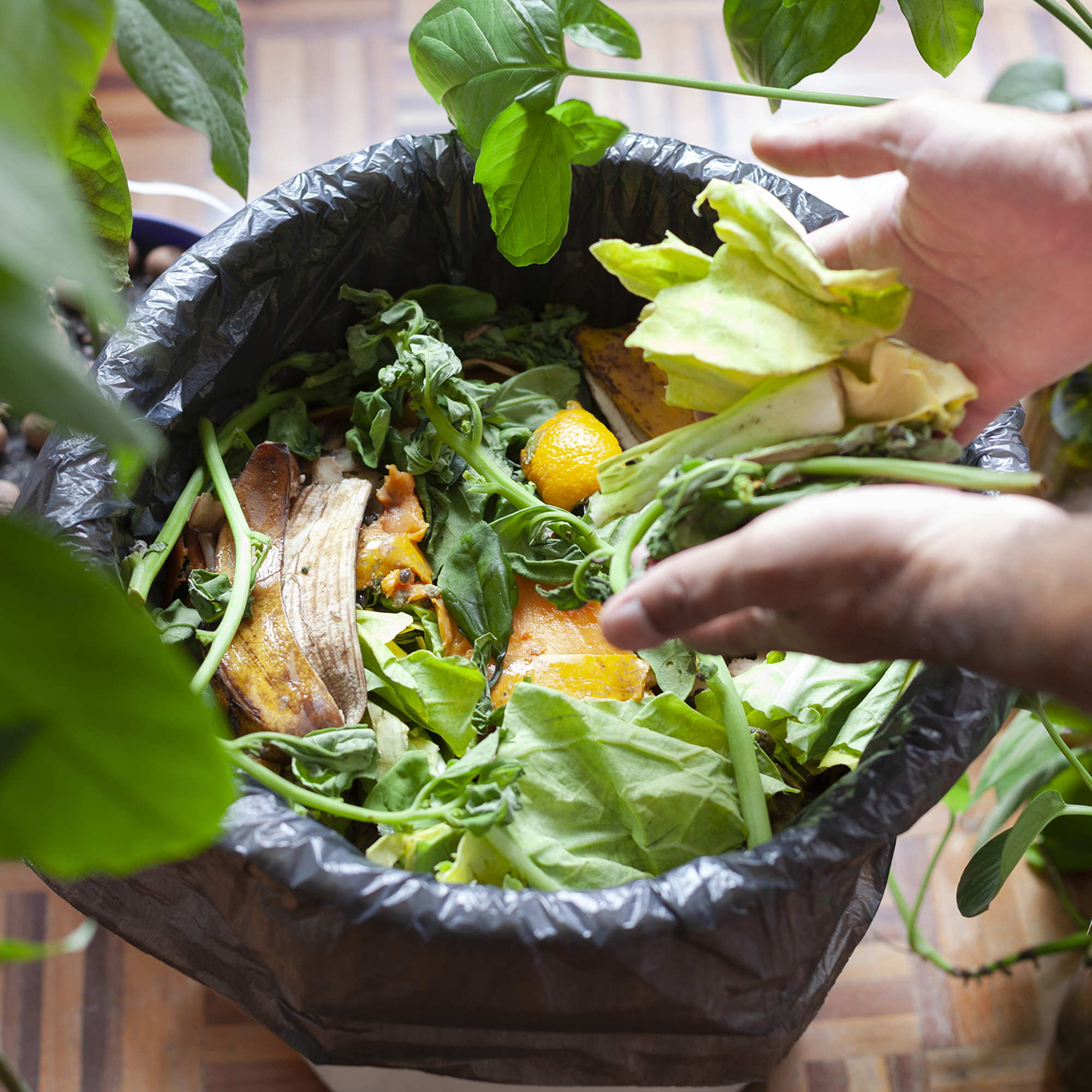Growing Italian Jasmine: Tips On Caring For Italian Jasmine Shrubs


Italian jasmine shrubs (Jasminum humile) please gardeners in USDA plant hardiness zones 7 through 10 with their glossy green leaves, fragrant buttercup yellow flowers, and shiny black berries. They are also called Italian yellow jasmine shrubs. Planted appropriately, Italian yellow jasmine is an easy-care plant requiring little human intervention. Read on for information about caring for and pruning Italian jasmines.
Italian Jasmine Shrubs
Italian jasmine shrubs come from western China. They were imported into this country for ornamental purposes. Many gardeners grow this shrub for the pretty, Italian jasmine flower that attracts bees and hummingbirds in summer. These yellow blossoms develop into black berries by autumn. The flowers appear in waves in May and June. The Italian jasmine flower returns over the summer in smaller amounts, contrasting beautifully with the brilliant green leaves that remain on the bush all winter in mild climates. These Italian yellow jasmine shrubs grow fairly quickly, especially if given regular irrigation in summer. They achieve their full height of 12 to 15 feet (4-4.5 m.) in five to ten years. The cultivar ‘Revolutum’ is a popular, fast-growing choice for flower borders and beds.
Growing Italian Jasmine
Growing Italian jasmine starts with planting the shrubs in a good site. The ideal growing site for Italian jasmine shrubs is a warm, sheltered area where the plants get full sun and enjoy well-drained soil. If you can give your plants these conditions, the Italian jasmine flower scent will be sweet and strong. However, if the ideal is not possible, you can also try growing Italian jasmine in areas with only partial sun. They can also tolerate chillier locations as long as they are planted in soil that drains well. If you begin growing Italian jasmine, you’ll find it to be a rangy plant. Although it climbs like a vine to 12 to 15 feet (4-4.5 m.) high, you will do best to treat it like you would a climbing rose, tying its branches to a trellis as they develop. On the other hand, you won’t expend much energy in caring for the shrubs. Italian jasmine shrubs are generally disease free and need neither pesticides nor spraying for vibrant good health. You may need to start pruning Italian jasmines if they grow beyond their allotted area, however. These undemanding shrubs grow well in almost any type of soil, whether it be acid, alkaline, or neutral. They can grow happily in clay, sand, chalk, or in loam as long as the soil drains well, making exceptional additions to the landscape.
Gardening tips, videos, info and more delivered right to your inbox!
Sign up for the Gardening Know How newsletter today and receive a free copy of our e-book "How to Grow Delicious Tomatoes".

Teo Spengler is a master gardener and a docent at the San Francisco Botanical Garden, where she hosts public tours. She has studied horticulture and written about nature, trees, plants, and gardening for more than two decades. Her extended family includes some 30 houseplants and hundreds of outdoor plants, including 250 trees, which are her main passion. Spengler currently splits her life between San Francisco and the French Basque Country, though she was raised in Alaska, giving her experience of gardening in a range of climates.
-
 Try The Trend – Turn Any Bed Into A Keyhole Garden With This Clever In-Ground Composter
Try The Trend – Turn Any Bed Into A Keyhole Garden With This Clever In-Ground ComposterKeyhole gardening is an efficient and sustainable practice that saves space. Get started on this DIY project quickly and easily with an in-ground composter.
By Bonnie L. Grant
-
 4 Superfast Composting Methods: Turn Waste Into Garden Gold In 30 Days Or Less
4 Superfast Composting Methods: Turn Waste Into Garden Gold In 30 Days Or LessTry the fastest composting methods to turbocharge your pile and transform kitchen scraps and garden waste into finished compost in just a few weeks.
By Mary Ellen Ellis